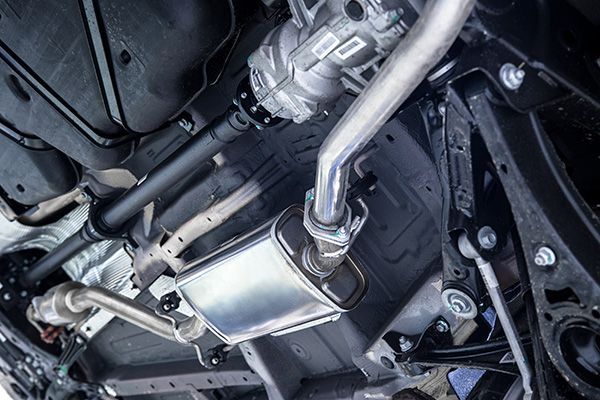
There’s nothing quite as frustrating as hearing that dreaded thump-thump-thump while driving, only to realize you’ve got a flat tire. Whether you're on a busy highway or a quiet street, a flat tire can put a damper on your day. However, knowing how to change a flat tire can turn a stressful situation into a minor inconvenience. With the right tools and a bit of patience, you can get back on the road in no time. Let’s walk through the steps of changing a flat tire safely and efficiently.
1. Pull Over to a Safe Location
When you realize you have a flat tire, it’s crucial to find a safe spot to pull over. Look for a flat, stable surface away from traffic. If you’re on a highway, exit if you can or pull over to the shoulder. Turn on your hazard lights to alert other drivers. And don’t forget to engage your parking brake once you’ve stopped—it’ll keep your vehicle from rolling while you work.
Always carry a safety kit in your trunk that includes reflective triangles, flares, or a flashlight. These can be lifesavers if you need to change a tire at night or in poor visibility conditions.
2. Gather Your Tools
To change a flat tire, you’ll need a few basic tools. Most vehicles come with the essentials, but it’s good to double-check that everything is in your car. You’ll need:
- Spare tire (make sure it’s properly inflated)
- Car jack
- Lug wrench
- Owner’s manual (if you're unsure where to place the jack or how to remove the spare)
Before starting, it’s a good idea to lay out all your tools so you’re not scrambling to find them halfway through.
3. Loosen the Lug Nuts
Before you lift the car with the jack, use the lug wrench to loosen the lug nuts on the flat tire. Turn them counterclockwise, but don’t remove them just yet. If they’re too tight, you can use your foot for extra leverage by stepping on the wrench. It’s easier to break them loose while the car is still on the ground, so don’t skip this step!
4. Jack Up the Car
Now that the lug nuts are loose, it’s time to lift the car. Refer to your owner’s manual to find the correct jacking point near the flat tire. This will ensure you’re lifting the vehicle safely without damaging it. Place the jack under the jacking point and turn it to raise the car until the flat tire is off the ground. You want just enough height to remove the tire and put on the spare.
Remember: Never put any part of your body under the car while it’s lifted with a jack. It’s not worth the risk.
5. Remove the Flat Tire
With the car lifted, go ahead and fully remove the loosened lug nuts. Keep them in a safe spot—you’ll need them soon. Carefully pull the flat tire off the wheelbase. If it’s stuck, give it a gentle nudge to break it loose. Once it’s off, set it aside.
6. Mount the Spare Tire
Take the spare tire and align it with the wheel bolts. Push it into place until it’s flush with the wheelbase. Once it’s in position, hand-tighten the lug nuts as much as possible to hold the spare tire in place.
7. Lower the Car and Tighten the Lug Nuts
With the spare tire mounted, it’s time to lower the car back to the ground. Slowly turn the jack to bring the vehicle down until the spare tire is supporting the full weight of the car. Now, use the lug wrench to tighten the lug nuts in a star pattern. This ensures even pressure on the wheel. Make them as tight as you can to prevent the spare tire from wobbling.
8. Stow Your Tools and Check the Spare
Before hitting the road, make sure all your tools, including the flat tire, are back in your trunk. Don’t forget to double-check that the spare tire is properly inflated. Spare tires are often smaller than regular tires, so keep your speed below 50 mph and limit your driving distance until you can get a permanent replacement.
Tired of dealing with tire troubles? Let LightHouse Automotive handle all your tire maintenance needs. From inspections to replacements , our expert team is ready to ensure your car runs safely.







.jpeg)


